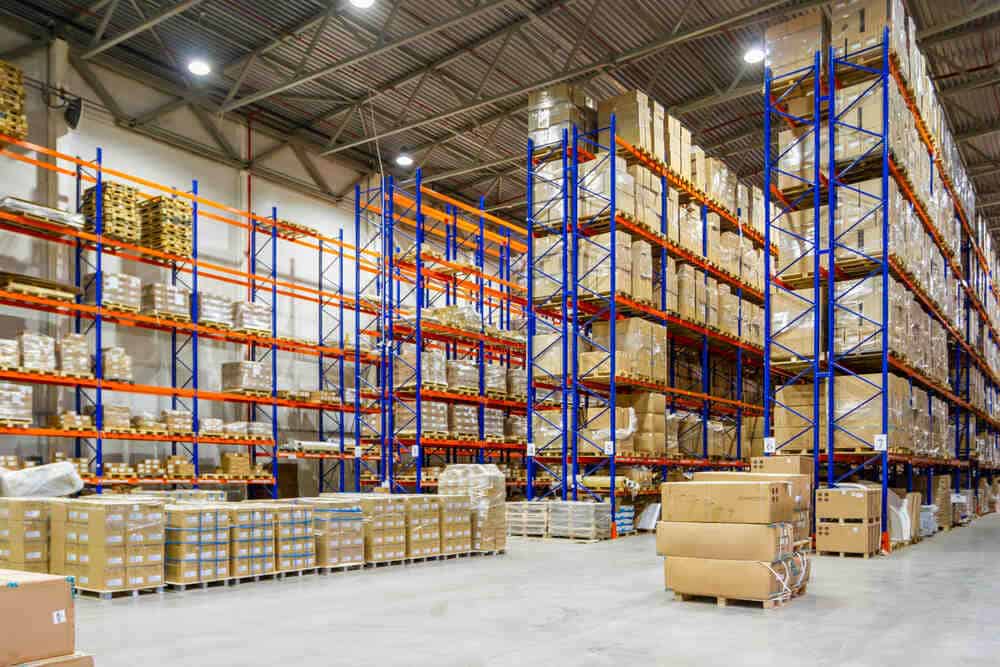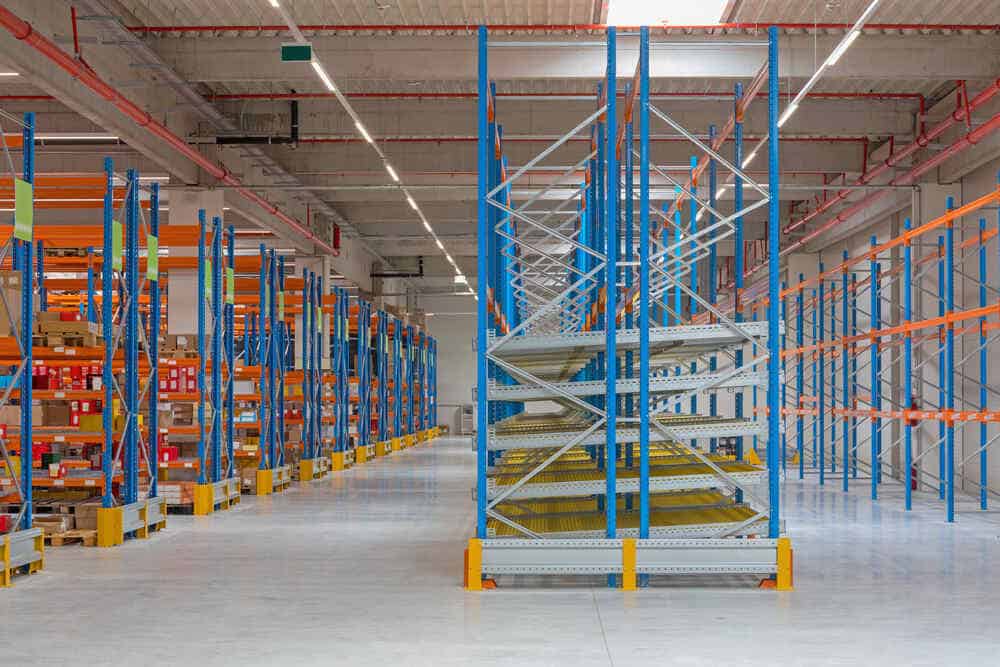
Is your warehouse operating as well as it could be? Stock location methodology is discussed at length in the second edition of “The Warehouse Management Handbook”. Stock location assignment is a process for determining the precise locations of products stored in the warehouse for maximum efficiency. The methodology takes into account various factors related to warehouse storage. It’s well worth reading for new entrepreneurs who want to develop a strategy for storing their products and increasing the efficiency of their operations.
Warehouse Storage Systems
Developing a warehouse storage system is the process of managing products for picking and storing products under the right conditions in the warehouse. It takes into account various factors such as product quantity, product type, product characteristics, and product picking frequency. It also maximises the convenience of picking products and maintaining product safety, which is important to businesses of all sizes. Developing a warehouse storage system tailored to your business and your products is an efficient way to store your products and helps your inventory to be more flexible.
Benefits of Warehouse Storage
A well-designed warehouse storage system should maximise several factors of your business operations. It should:
- Increase efficiency in storing and managing products
- Prevent loss or damage to products
- Reduce transportation costs
- Increase efficiency in the production and distribution of products
- Increase business competitiveness
6 Key Strategies for Storing Products in Warehouses
Fixed Location Storage
Non-Fixed Location Storage
Informal Storage
Item Number Storage
Combination System

Warehouses dealing with just one item are extremely rare these days. Many companies offer a range of different varieties and sizes of products sold by the piece as well as by the case. This means that warehouses also have to stock the items to be picked in those quantities and sizes. You often find combination racking systems in warehouse storage systems where items can be picked individually from flow racks, and in case lots from multi-tiered pallet racks.
Contact Tellus in Thailand
Tellus is a designer, manufacturer and distributor of quality pallet racking systems and a wide range of warehouse and office storage systems in Thailand. We also provide excellent after-sales service. Partner with Tellus to help maintain the efficiency of your warehouse operations as your company grows and expands. Contact us today.




